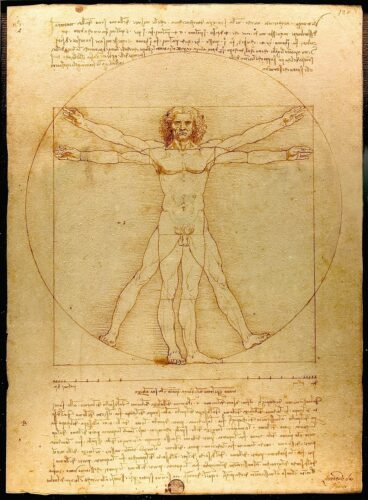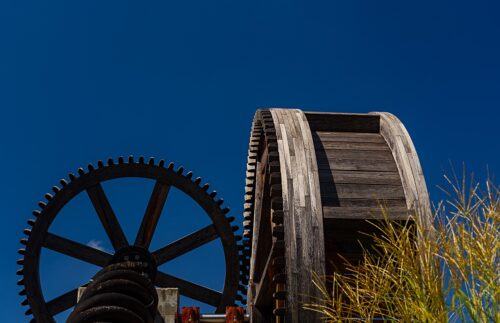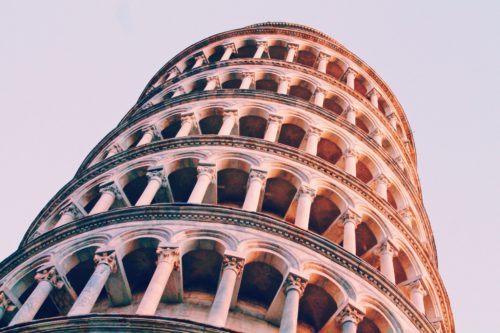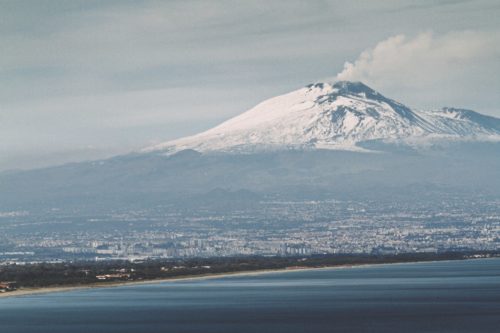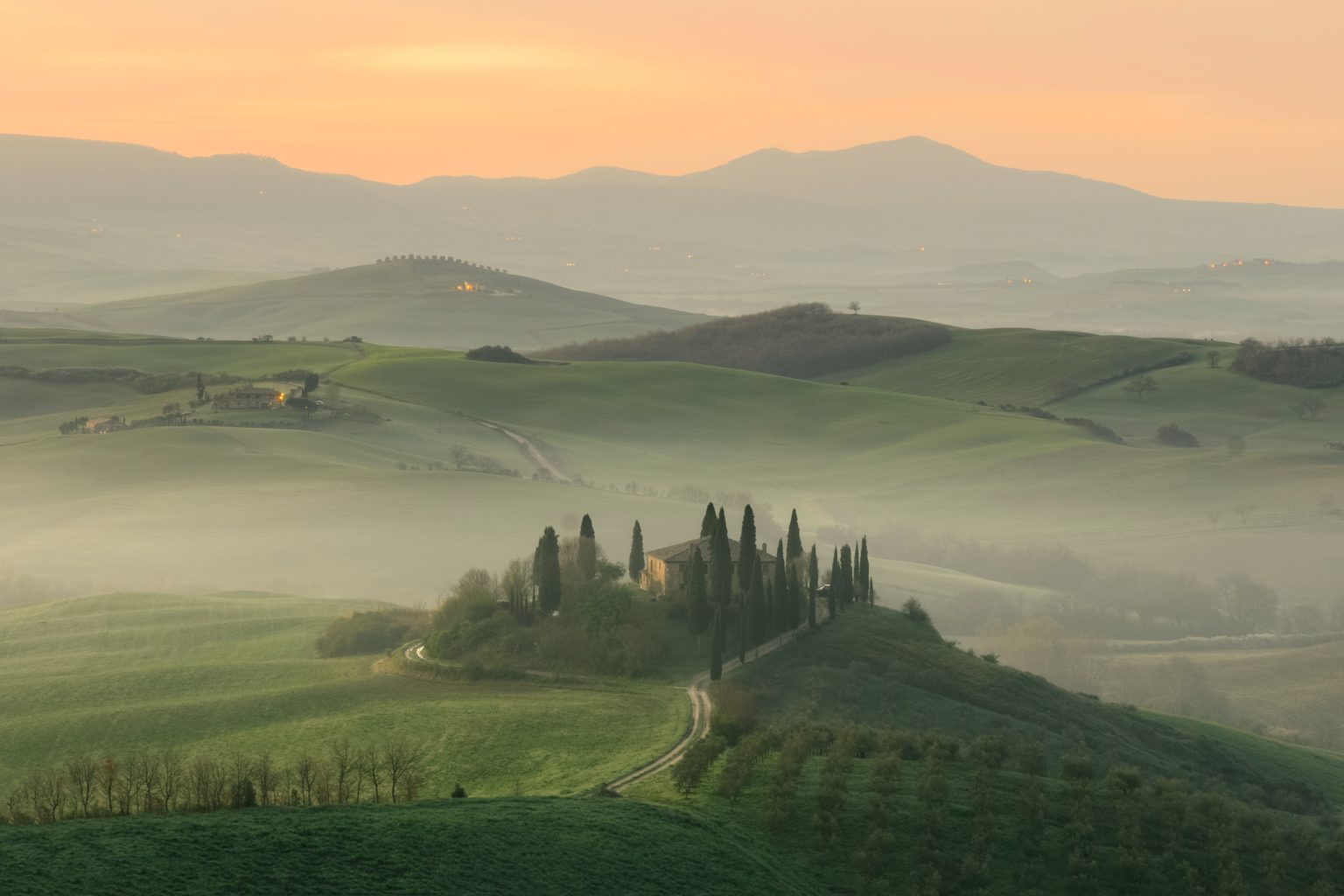
Italy
Italy
Science in Italy
It smells of summer, holidays and delicious food. In the middle of the 18th century, probably the most delicious Italian invention ever came into being: the pizza. In 1830, the first pizzeria, "Port' Alba", opened in Naples. Apart from that, two people in particular have stood out for their research and inventions: Leonardo da Vinci (1452-1519) with his detailed construction plans for various machines and Galileo Galilei (1564-1642), who invented the thermometer, observed the moons of Jupiter for the first time and predicted the laws of gravity. In addition, it was also Italians who developed the sewer system, the radio, the modern scissors and the yoyo. The latter, by the way, more than 2500 years ago. Numerous other geniuses in the field of research, art, thinkers also originated in the Republic. The country has already won a total of 21 Nobel Prizes, mainly in the fields of literature and medicine. Even today, Italy is still broadly positioned in research. The most important public research institution is the National Research Council, which comprises 102 institutes. At the Neuroscience Institute, for example, brain mechanisms underlying the processing of trauma were recently identified. Italy has a lot to offer beyond fantastic food and great cities.
The Facts
| Population | 58,761,000 [1] |
| Area | 295,717 km² [2] |
| Gross domestic product per capita in US-Dollar | 38,326.0 [3] |
| Public expenditure on education (share of GDP) | 4.3 % [4] |
| Share of female researchers | 34.3 % |
| Universities | 239 |
| Universities per 1 million inhabitants | 4.00 |
| Students | 1,937,761 |
| Expenditure on Research and Development (share of GDP) | 1.4 (share of GDP) [5] |
Quellen:
-
↑
https://www.destatis.de/DE/Themen/Laender-Regionen/Internationales/Laenderprofile/italien.pdf?__blob=publicationFile
-
↑
https://www.destatis.de/DE/Themen/Laender-Regionen/Internationales/Laenderprofile/italien.pdf?__blob=publicationFile
-
↑
https://www.destatis.de/DE/Themen/Laender-Regionen/Internationales/Laenderprofile/italien.pdf?__blob=publicationFile
-
↑
https://www.destatis.de/DE/Themen/Laender-Regionen/Internationales/Laenderprofile/italien.pdf?__blob=publicationFile
-
↑
https://www.destatis.de/DE/Themen/Laender-Regionen/Internationales/Laenderprofile/italien.pdf?__blob=publicationFile


